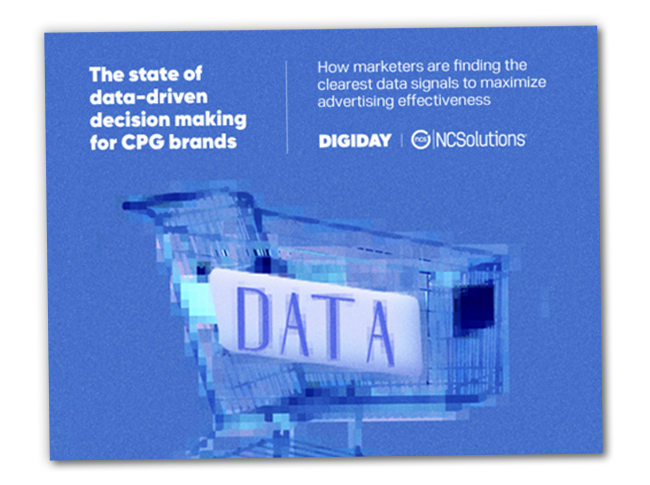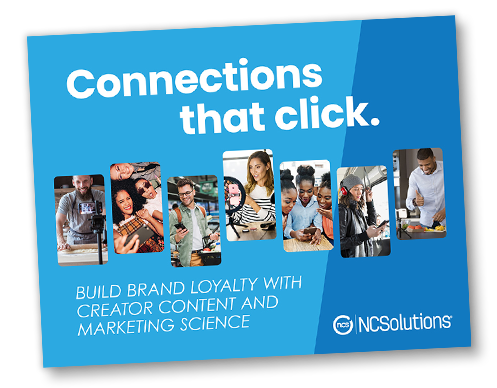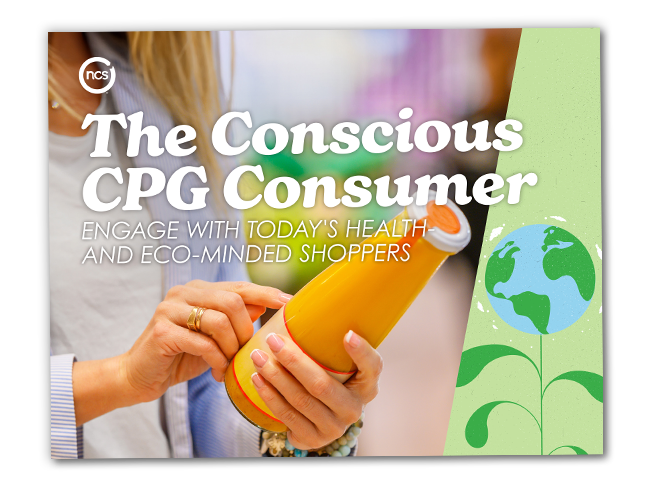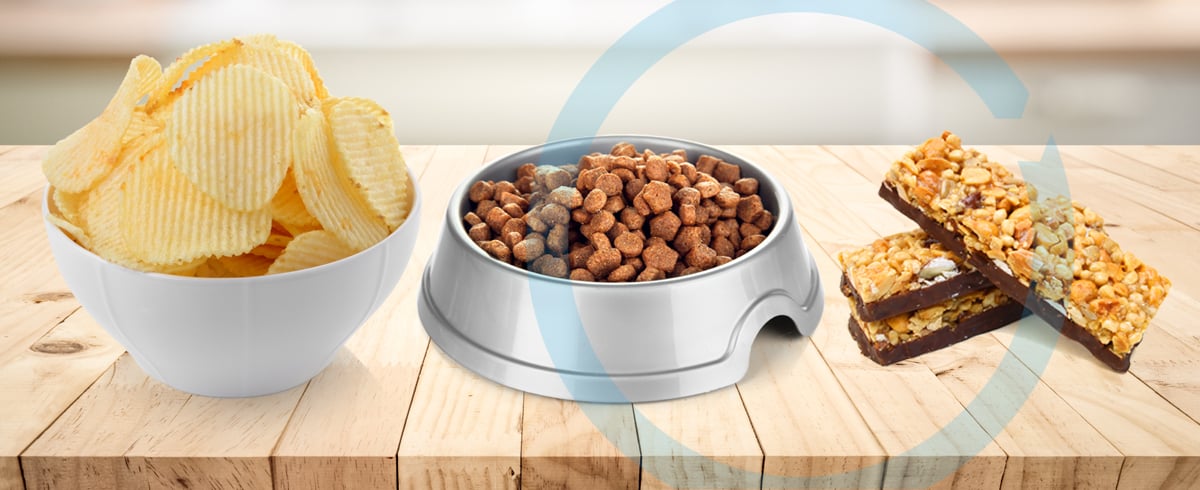Menu
By NCS Marketing
This week Apple changed its IDFA (Identifier for Advertiser) tracking policy for apps in its iOS 14.5 update. If you are using an iPhone or iPad, your apps will ask you whether or not you want them to track you for advertising purposes. At the same time, the ecosystem is trying to prepare for deprecation of third-party cookies in the Google Chrome browser. These changes will result in less advertising reach — at least in the short term — and will impact how you measure the impact of your campaigns and target your audiences. Even with all of these industry shifts, using a purchase-based strategy can help you reach your most relevant buyers.
Purchase-based targeting (PBT) is the preferred audience segmentation option for consumer packaged goods brands and retailers due to its efficient performance and high return on ad spend (ROAS.) Over the years we've worked with CPG brands spanning potato chips, to dog food, to snack bars—and all have successfully driven sales with PBTs (more on that below). PBT offers higher returns—3X the average of other methods like behavioral, demo, contextual, etc.

HOW TO USE PURCHASE-BASED TARGETING TOMORROW
As the amount of addressable mobile inventory decreases with Apple’s mobile ad ID deprecation, so will programmatic reach. But you can still plan to activate purchase-based targets in tomorrow’s third-party cookieless and mobile ad ID-less world. PBTs can help you counteract this drop in addressable mobile impressions by maximizing buyer target reach within available programmatic inventory. In addition, you can maintain your addressable reach by making use of addressable and connected TV—both of which can be activated with purchase-based targets. PBT can also help you enrich your first party CRM or you can even build look-alike PBT using your CRM as the foundation for audience creation. Purchase-based targeting allows you to align your sales strategy to your campaign, so you can focus on reaching the right buyers to move them up the loyalty ladder—even in tomorrow’s changed media landscape.
WHY PURCHASE-BASED TARGETING IS THE RIGHT MOVE
Purchase-based targeting delivers audiences based on actual in-store purchase behavior. But what does that mean in practice? What kind of impact does showing ads to people who already know and buy your product have on your advertising effectiveness?
PREVIOUS SNACK BUYERS KEEP ON SNACKING
A snack food company wondered the same thing, so they tested and compared several targeting strategies, including contextual, behavioral, demo and purchase-based. The NCS purchase-based targeting segments outperformed the others, with 83% of incremental sales from the brand’s campaign coming from previous buyers.

DOG FOOD BRAND BARKS UP MORE DEMAND AMONG LOYAL BUYERS
A well-known dog food brand used NCS purchase-based targeting segments and demo-based native advertising on a social media platform. Turns out, this approach was especially efficient. NCS PBT segments drove a 69% greater ROAS than the social media platform’s native advertising. The pet food brand realized $6.66 in ROAS and $18.62 in DPM (dollars per thousand impressions).

ON A MISSION TO POWER UP SALES WITH LESS SPEND
A food nutrition brand used second-party and purchase-based targeting strategies for a CTV and streaming video campaign and drove higher sales with less spend. Its ROAS? $6.70. NCS purchase-based targeting segments drove 65% of incremental sales despite only being 48% of the exposed group.

PAST PURCHASERS ARE INDICATIVE OF YOUR FUTURE BUYERS.
NCS’s client work has shown time and again that the biggest response from advertising comes from loyal buyers. As Leslie Wood, NCS’s chief research officer, points out, past buyers simply need a reminder of the brand. Advertising to past buyers is often enough for them to think about the brand when they next make their grocery list. “Brands are often surprised when we share our findings,” Leslie says, “but our findings are clear: past buyers could be buying more of your products.”

For more ideas on how to drive high returns in your advertising with purchase-based targeting, get inspired with our e-book.
Subscribe for Updates
GET INSIDE THE MINDS OF CPG BRAND MARKETERS
Learn about their data-fueled strategies
SNAG YOUR COPY OF THE REPORT TODAY
WONDERING HOW CONSUMERS RESPOND TO INFLUENCER MARKETING?
See how creating content drives results
DOWNLOAD YOUR COPY NOW
WANT TO KNOW MORE ABOUT HEALTH AND ECO-MINDED SHOPPERS?
Get CPG insights to engage your buyers
ACCESS THE E-BOOK TODAY


.png)
.png)



